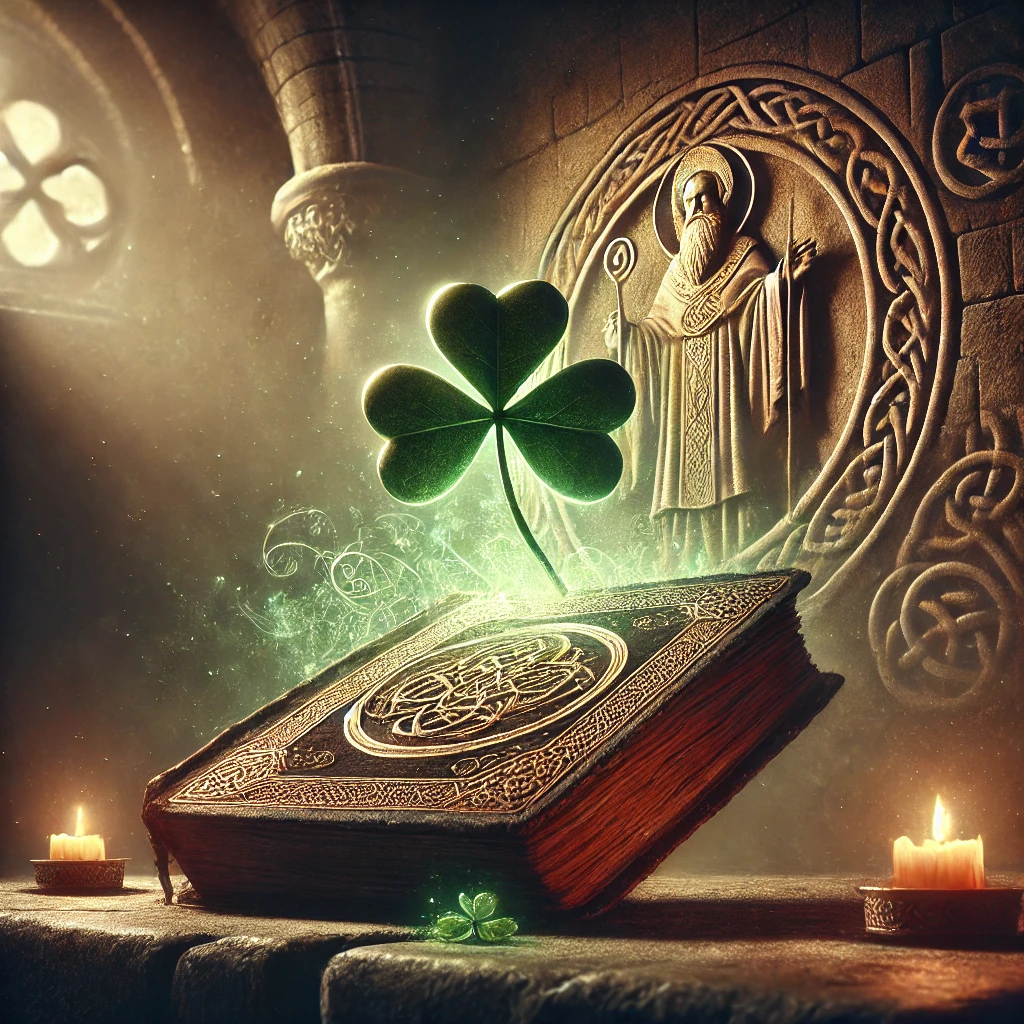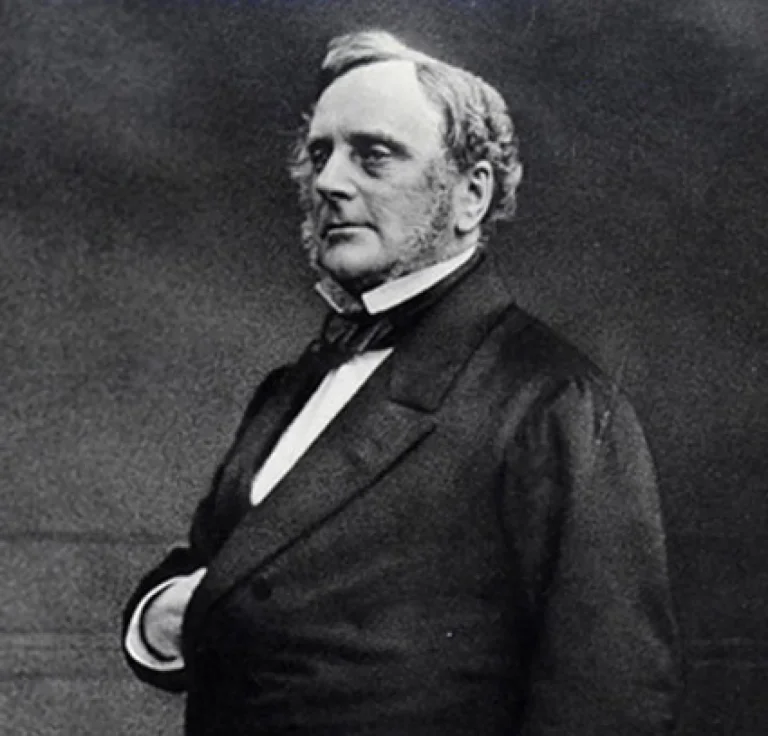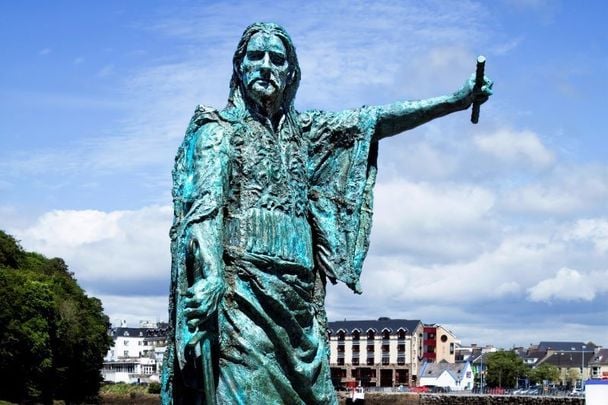
He’s carved into statues, sung about in ballads, painted on stained glass, and honored in global parades. His feast day is a worldwide carnival. He is invoked, celebrated, mythologized—but here’s the twist most people don’t know:
Patrick was never officially canonized a saint by the Catholic Church.
That’s right. The man at the heart of St. Patrick’s Day in Ireland 2025, the man whose name is shouted from parade floats and pub stages, was never declared a saint through Vatican paperwork, red-tape rituals, or ecclesiastical decree.
And yet, we still call him Saint Patrick.
And maybe—just maybe—that’s the most Irish thing of all.
Who Needs Rome When You Have Reverence?
You see, in the early days of Christianity—before the Church became a machine of formalized sainthood—sainthood wasn’t conferred by committee or canon law. It was conferred by the people. By memory. By miracle. By myth.
Patrick didn’t need Rome’s rubber stamp. He had something far more powerful: the collective heartbeat of a nation.
And isn’t that the way it should be? That sainthood is not a clerical procedure but a recognition born from lived transformation, from grassroots belief, from ancestral veneration.
Because what Patrick did—whether in full truth or mythic metaphor—was change Ireland’s spiritual soul.
Patrick’s Path: Not a Bureaucrat, But a Storyteller
Let’s remember what Patrick really was—a former slave, a dreamer, a rebel. A man who returned to the land of his captivity not with vengeance, but with fire in his words and parables in his hands.
He didn’t come to Ireland with armies. He came with stories. With shamrocks, yes, but also with symbols, sermons, songs, and a gospel repackaged in Celtic metaphor.
The myth of him driving out snakes—there were no snakes. The legend was symbolic. He didn’t banish reptiles. He challenged the old gods. He offered new stories to a people whose spirit was already sacred.
So What Do We Call a Saint Without a Canonization?
We call him ours.
We call him Paddy, not Patty—
👉 And here’s why that matters
We call him the symbol of a people who have always seen the divine not in papal authority, but in the soil, the sky, and the stories that refuse to die.
We call him the figurehead of a spiritual celebration that remains half pagan, half Christian, and fully Irish.
And while St. Patrick’s Day bank holiday turns streets into rivers of green and cities into festivals of fire and rhythm…
👉 See how Ireland’s towns and cities will rise in celebration
…it’s worth remembering that Patrick’s sainthood lives not in a decree, but in the blood and memory of the people.
And What Do We Say on This Sacred Day?
Not just “Happy St. Patrick’s Day,” but:
“Lá Fhéile Pádraig Sona Duit.”
The language of spirit, of soul, of survival.
Because if Patrick taught us anything, it’s that the real miracles live in the mouths of the people, not in the manuscripts of the elite.
A Saint by Spirit, Not Sanction
So raise your glass—not to Vatican titles—but to folk canonization, to cultural sainthood, to the stubborn magic of a man who became a symbol not because he was crowned by Rome, but because he was crowned by the collective soul of Ireland.
And while you’re at it, raise one to the other stories woven into this day:
☘️ The bowl of shamrock handed to Presidents, echoing myth across borders
🥔 The corned beef and cabbage that fed a diaspora
Because Patrick may not have worn a halo approved by Rome—but he wears one woven by the people.
And that… is more sacred than any signature.





1 thought on “Patrick Was Never Canonized a Saint by the Catholic Church – But That Never Mattered to Ireland”
Comments are closed.